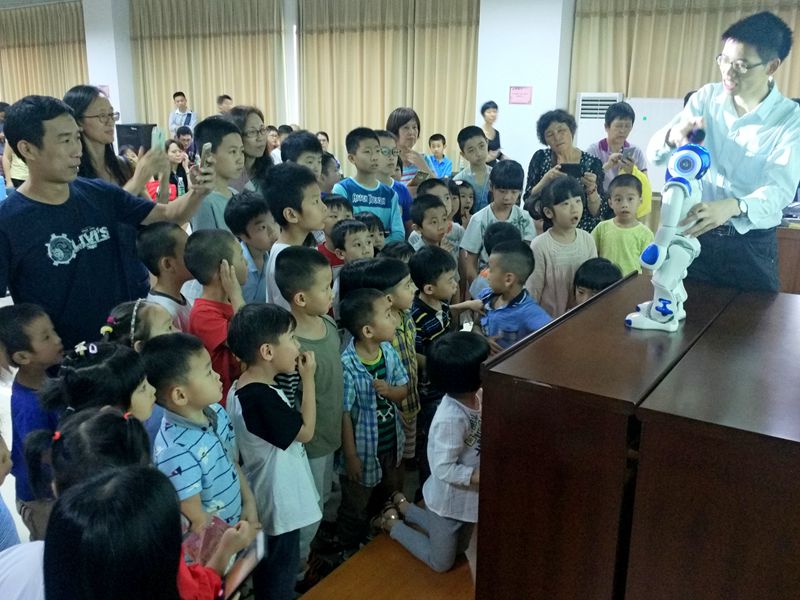2024年05期 v.45 14-19+31页
吴健超 郑昊岳
(广州高澜节能技术股份有限公司,广东 广州 510705)
摘要:针对阀冷却系统内部的复杂性与外部环境的多变性,准确预测阀门开度以适应不同工况需求的问题,提出一种基于PSO-BP的阀冷却系统阀门开度分类预测模型。利用粒子群优化(PSO)算法优化反向传播(BP)神经网络的初始权重和偏置,改善BP神经网络易陷入局部最优解和收敛速度慢的情况。采用工业现场收集的阀冷却系统实测数据对PSO-BP预测模型进行训练和验证,并与传统的BP预测模型进行仿真对比分析。仿真结果表明,PSO-BP预测模型对阀门开度的分类预测准确率达到100%,且具有良好的学习和泛化能力,为阀冷却系统的智能控制提供了一种新的解决方案。
关键词:阀冷却系统;反向传播神经网络;粒子群优化算法;阀门开度分类预测
中图分类号:TH185 文献标志码:A 文章编号:1674-2605(2024)05-0003-07
DOI:10.3969/j.issn.1674-2605.2024.05.003 开放获取
Valve Opening Classification and Prediction Model Based on
PSO-BP for Valve Cooling System
WU Jianchao ZHENG Haoyue
(Guangzhou Goaland Energy Conservation Tech. Co., Ltd., Guangzhou 510705, China)
Abstract: Valve opening classification and prediction model based on PSO-BP for valve cooling system is proposed to address the complexity of the internal system and the variability of the external environment, in order to accurately predict valve opening to meet different operating conditions. Using particle swarm optimization (PSO) algorithm to optimize the initial weights and biases of backpropagation (BP) neural network, improving the situation where BP neural network is prone to getting stuck in local optima and has slow convergence speed. Train and validate the PSO-BP prediction model using measured data from valve cooling systems collected on industrial sites, and compare and analyze it with traditional BP prediction models through simulation. The simulation results show that the PSO-BP prediction model has a classification accuracy of 100% for valve opening, and has good learning and generalization abilities, providing a new solution for intelligent control of valve cooling systems.
Keywords: valve cooling system; back propagation neural network; particle swarm optimization algorithm; valve opening classification and prediction
























































